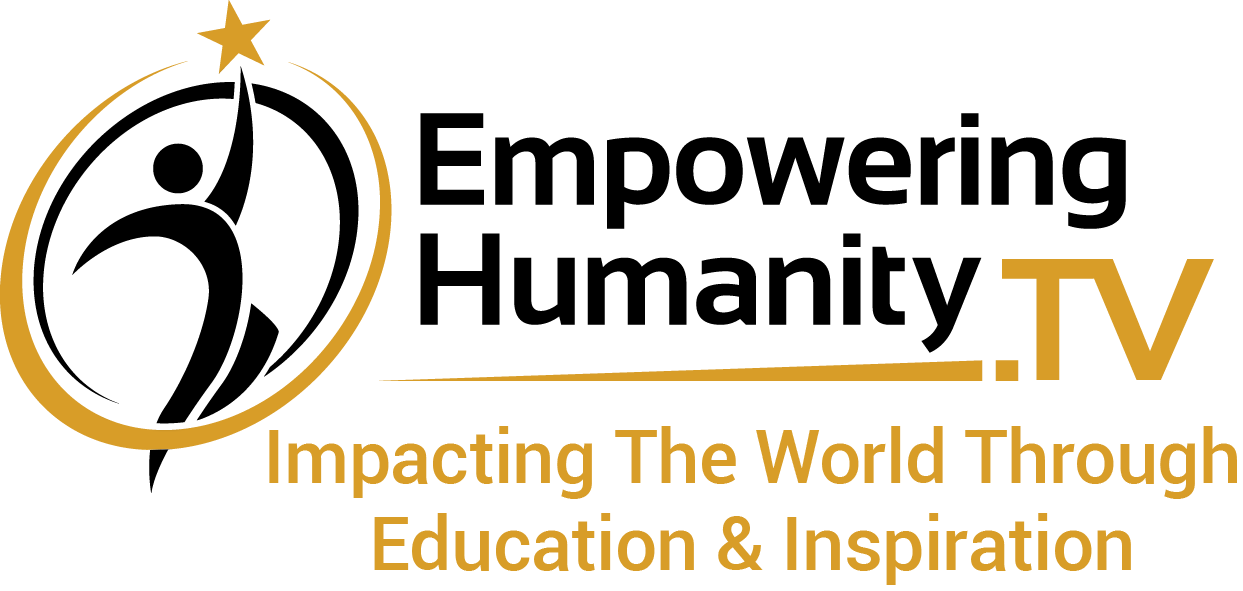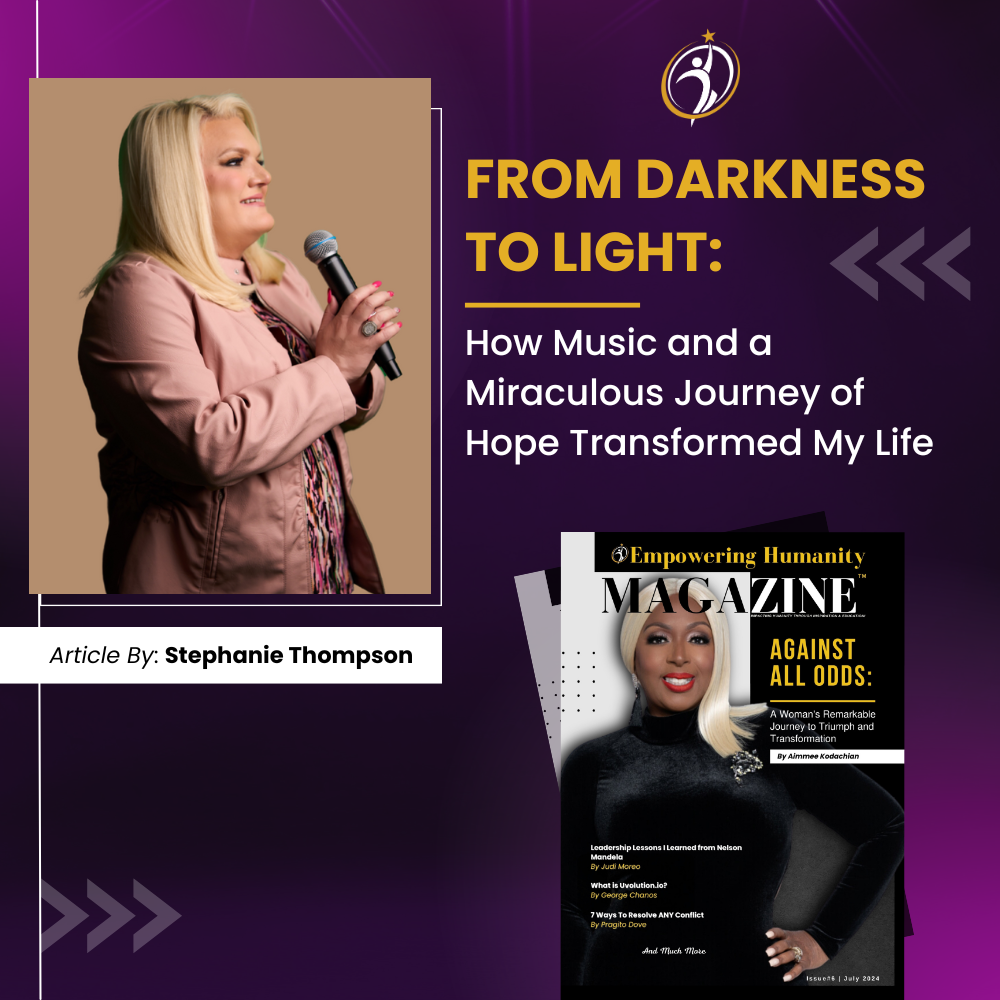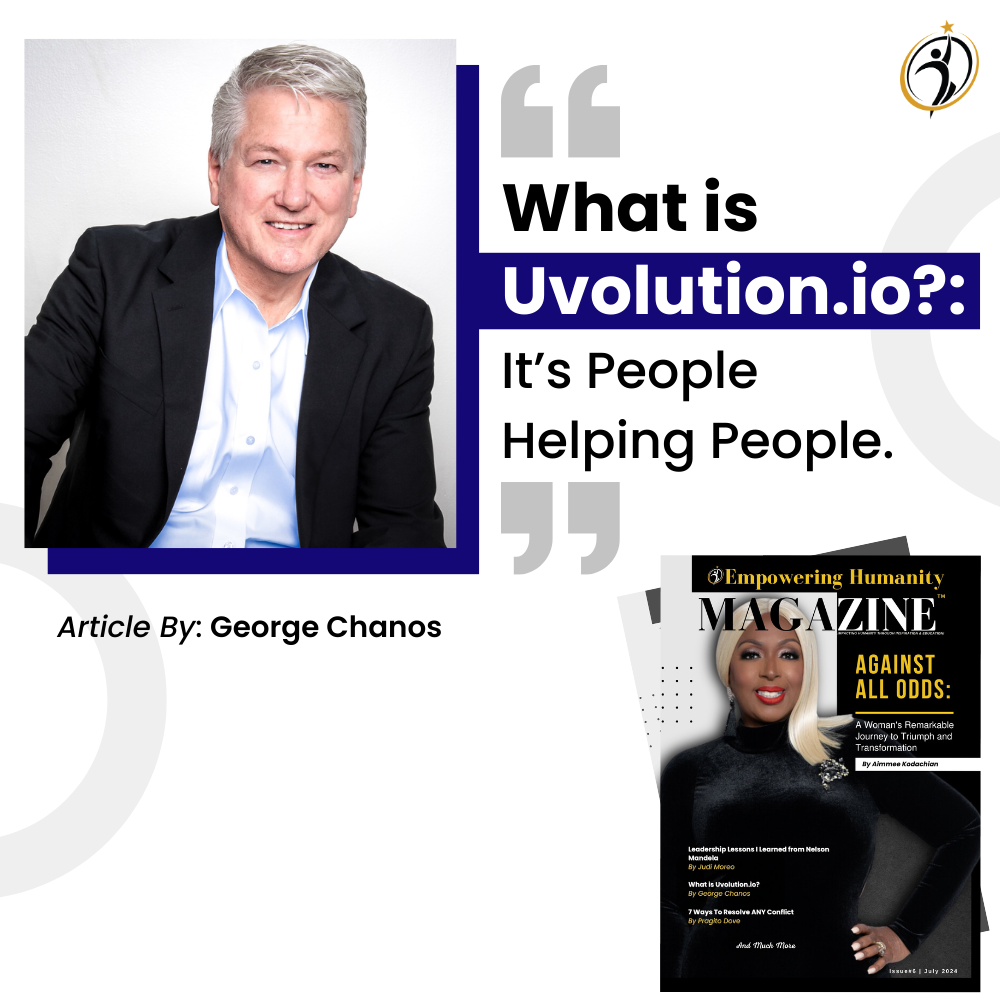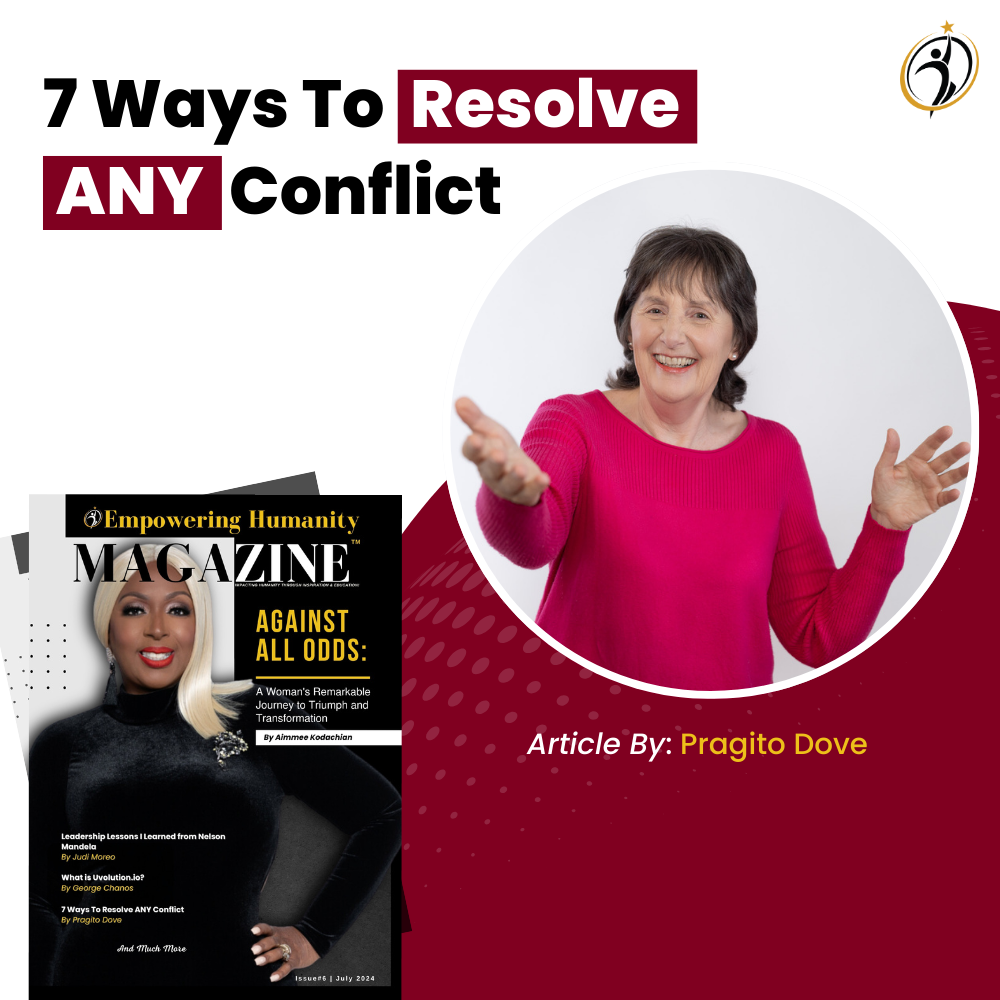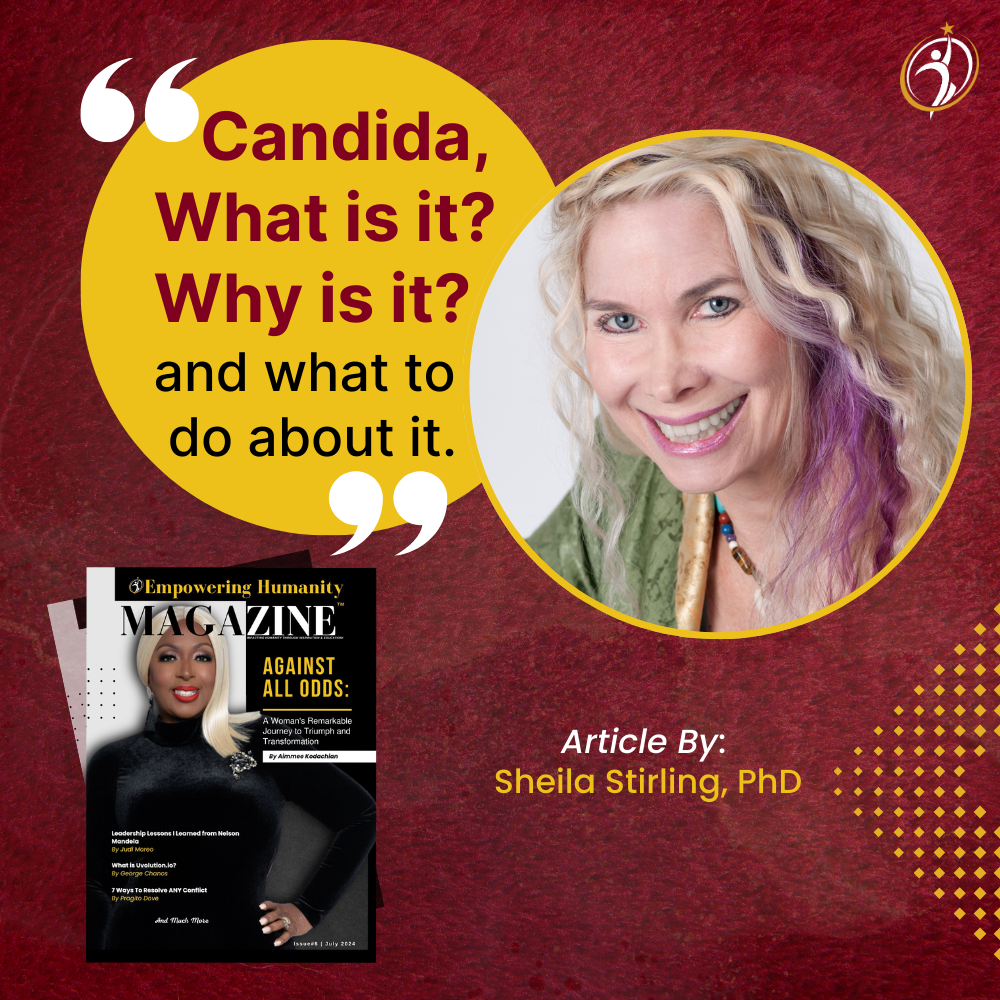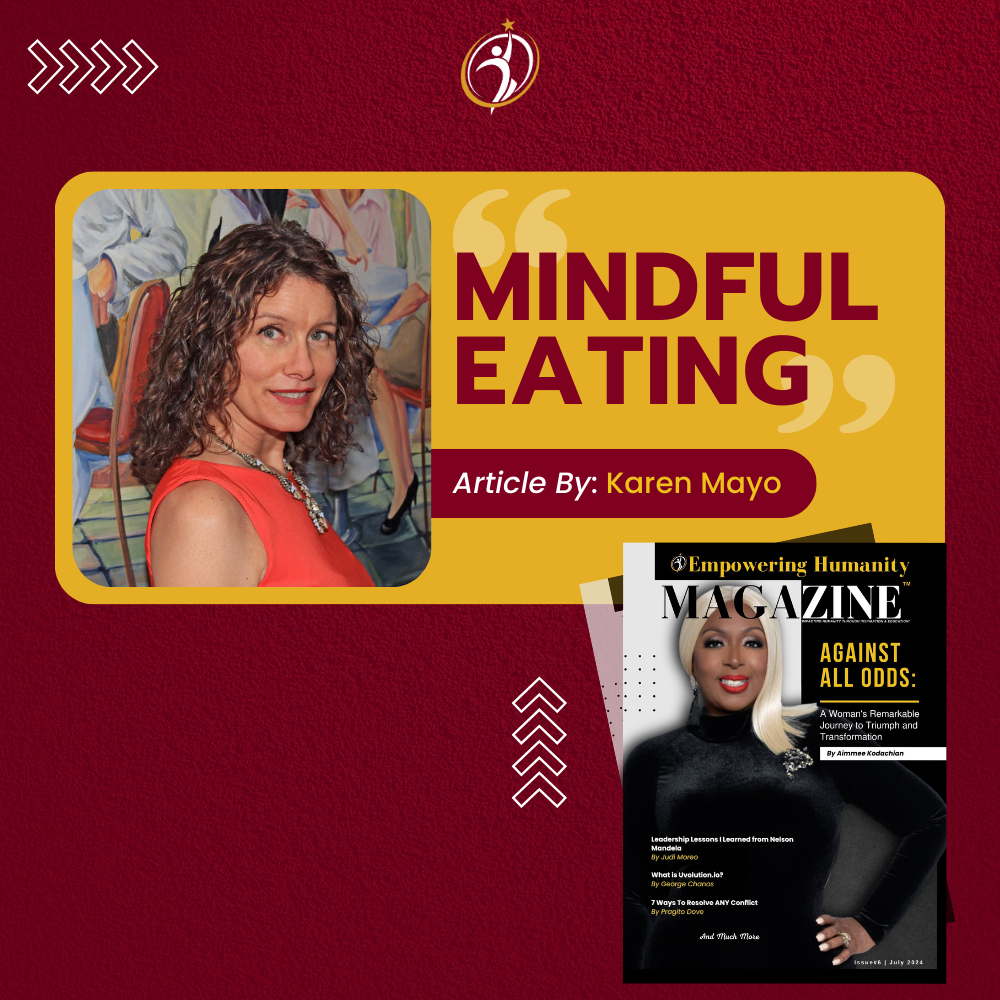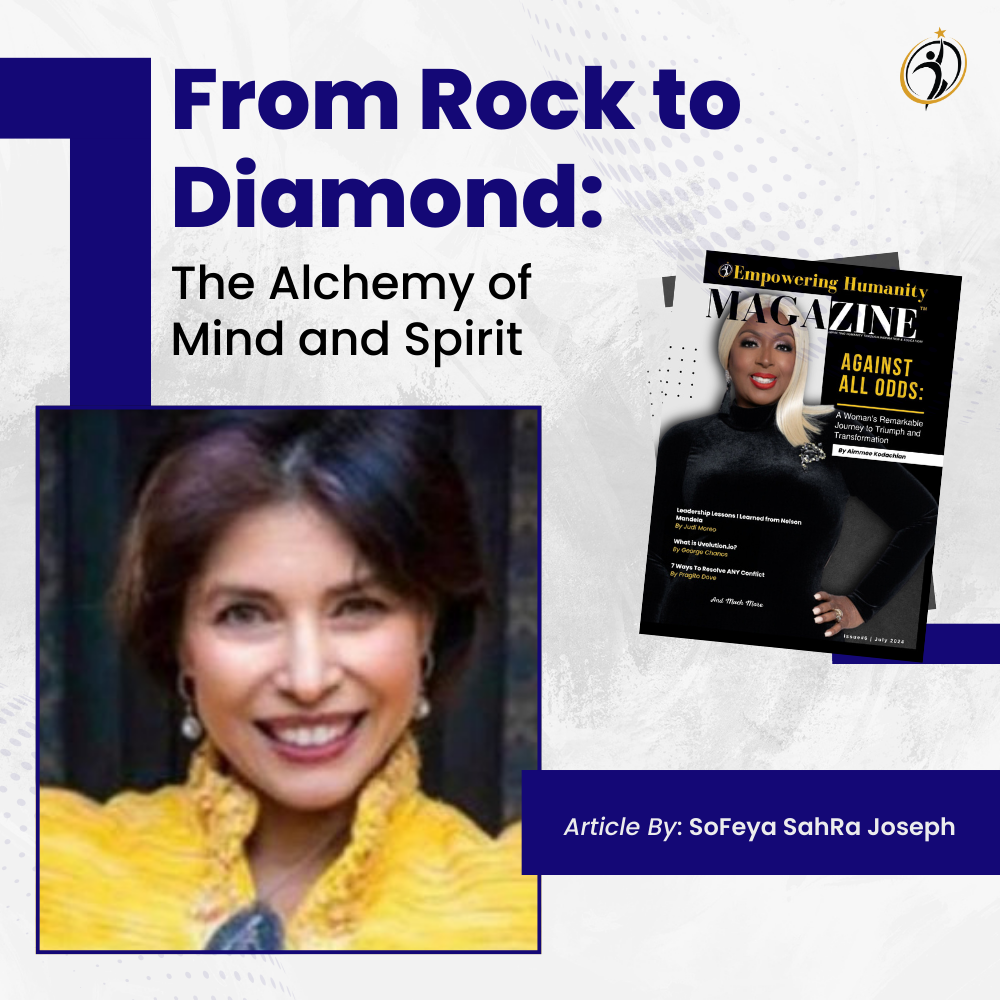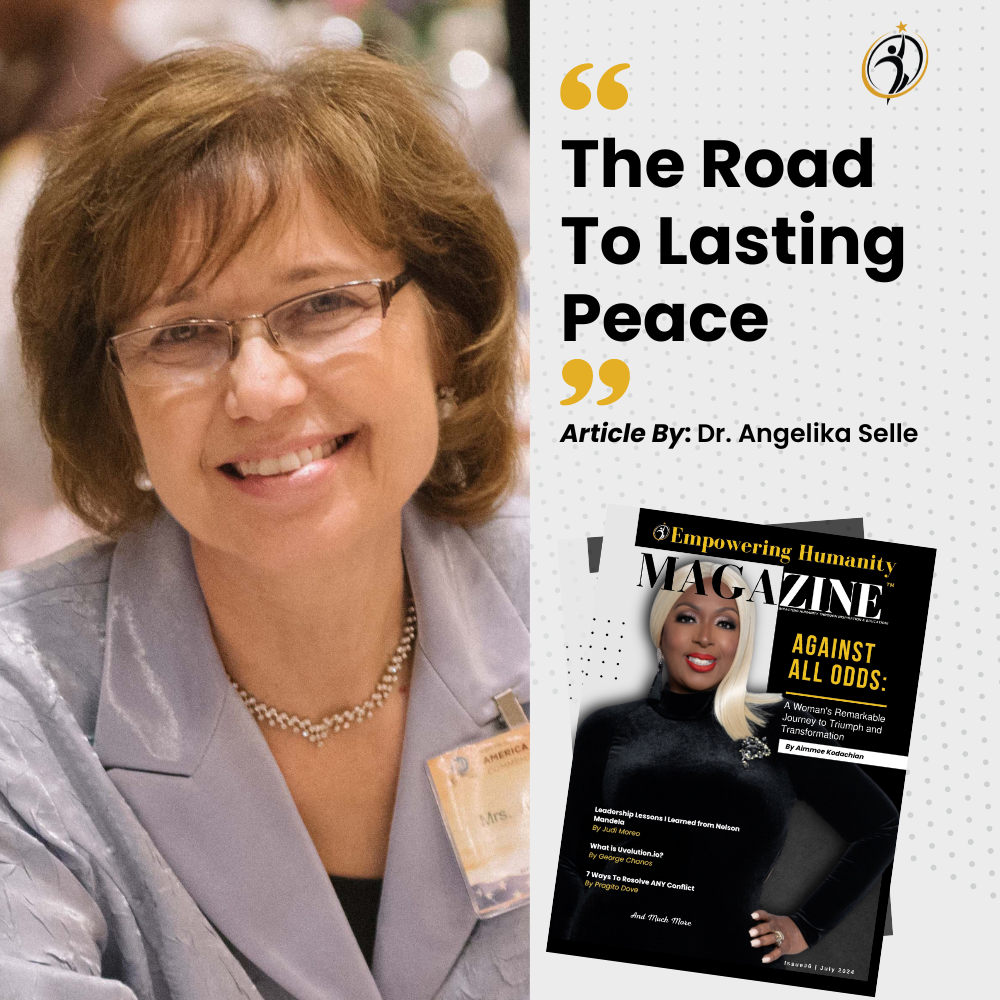From Darkness to Light: “How Music and a Miraculous Journey of Hope Transformed My Life” By Stephanie Thompson
From Darkness to Light: How Music and a Miraculous Journey of Hope Transformed My Life
By: Stephanie Thompson
Music is a powerful force that can heal and transform. Its effects are far-reaching, from lowering blood pressure and heart rate to boosting mental abilities and problem-solving skills. It’s not only a sound; it’s also a key to better health.
Music’s power goes beyond individual well-being. It has the potential to transform lives, foster a sense of community and unity, and uplift the spirits of those crushed by war. In essence, through music, we can heal and bring peace to the world.
In 2011, I found myself in a very dark place. I had recently undergone several knee surgeries and had broken off an engagement. I was feeling extremely low. A woman helping me organize my home office suggested that I attend a Life Transformation seminar. I wasn’t very enthusiastic, but she handed me a flyer, and I attended the event on Saturday.
I believe God led me to that seminar because, at that point in my life, I was lost and in desperate need of guidance.
Upon arriving at the venue, I sat and waited, observing a beautiful, elegant, and confident woman named Aimmee Kodachian walking to the front of the room. As she began to speak, she immediately captured my attention. There was something uniquely compelling about her. Unbeknownst to me then, she had also noticed me because she could sense my unhappiness and reluctance to be there.
Out of everyone in the room, she focused on me and asked a question that resonated deeply. When I answered…
To read Stephanie’s full article, click on this link Magazine and get your FREE access to Empowering Humanity Magazine™ Now!
“There Is No Intelligence in Artificial Intelligence Without Humans: How AI Augmentation Can Make You the Hero of Your Own Story” By Audra Hajj
There Is No Intelligence in Artificial Intelligence Without Humans: How AI Augmentation Can Make You the Hero of Your Own Story
By: Audra Hajj
Picture this: a world where robots do all the boring stuff, leaving you free to chase your wildest dreams, spend more time with your loved ones, and maybe even finally finish that novel you’ve been working on for years. Sounds like a sci-fi fantasy, right? But guess what? This future is already here, and it’s called AI augmentation.
Hold on, don’t freak out! AI isn’t about to turn into a villainous overlord. Instead, consider it your trusty sidekick, ready to help you tackle the mundane so you can shine where it counts. So, let’s dive into this playful world where humans and AI team up to create a brighter, fun-filled future.
What Exactly Is AI Augmentation? Your New Best Friend
Imagine having a superpower that boosts your skills, makes decisions faster, and handles all those annoying tasks you’d rather skip. That’s AI augmentation for you! It’s like having a magic wand that turns your everyday routines into opportunities for creativity and excitement.
AI augmentation isn’t about replacing you with a robot. It’s more like having a super-smart assistant who’s always got your back. Need to sort through a mountain of emails? Done. Want insights from a massive data set? Easy peasy. And the best part? You get to focus on the fun stuff, like brainstorming new ideas, connecting with people, and making a real impact.
Without Humans, AI Is Just a Fancy Calculator
Here’s the fun part…
To read Audra’s full article, click on this link Magazine and get your FREE access to Empowering Humanity Magazine™ Now!
“What is Uvolution.io?: It’s People Helping People” By George Chanos
What is Uvolution.io?: It’s People Helping People.
By: George Chanos
The mission of Uvolution.io is to add value to society (including you, your family, friends, clients, and co-workers) by building a community based on the simple principle of “People Helping People.”
The world is changing very rapidly and very radically—more quickly and profoundly than anyone expects—creating unprecedented opportunity and risk.
And the Calvary (aka the government) isn’t coming. Our future is in our hands. We all have an essential role to play in determining our fate.
Humanity, like all living things, is profoundly interdependent. Ultimately, we are all part of something far more significant than ourselves, and our survival is impossible in isolation. We need each other. This is evident everywhere we look in nature. In the end, our very survival will depend on people helping people.
Uvolution.io is designed to accelerate our collective evolution. It helps us learn, unlearn, and re-learn, making us more informed, adaptive, and anti-fragile. It also connects us to a community of purpose-driven leaders who can help lead humanity toward a second enlightenment rather than sit idly by and witness our decline into what could be dystopian despair.
The process begins by putting leaders like you in the “information flow.”
What does it mean to be in the information flow?
It means understanding early what’s happening at the cutting edge of social, political, economic, and technological change.
Examples might include:
Knowing about the 2008 mortgage crisis before it occurred…
To read George’s full article, click on this link Magazine and get your FREE access to Empowering Humanity Magazine™ Now!
“7 Ways To Resolve ANY Conflict” By Pragito Dove
7 Ways To Resolve ANY Conflict
By: Pragito Dove
Many of us dread conflict. We wish we could all “just get along.”
Life, however, has other ideas for us. Everyone is here to be ourselves and have our own opinions, likes, and dislikes. etc. How boring things would be if we all agreed on everything all the time. Where would our creativity be needed?
The exciting thing about conflict is that it forces us to expand into a greater creative expression of ourselves. Good things have happened whenever I have found the courage to call someone to task and discuss our conflicting opinions. It doesn’t mean I always get my way, but I put myself in a position to express my opinion, speak my truth, and listen to their side. Then I have a CHOICE: find an agreement or leave the relationship/situation. And, importantly, I feel good about myself that I have made every effort to find a resolution.
If we don’t speak up, we are sitting on an energy of resentment, fear, or frustration, which can lead, later on, to unconscious expressions of that same energy, which will probably not have good outcomes.
Conflict is not inevitable. People create conflicts, and people can choose to end them. This cannot happen if the parties are set on victory instead of compromising or prioritizing self-centered interest over the highest good of everyone concerned.
Conflict can be resolved when the willingness to be available for discussion exists. If conflict is rooted in an ‘us’ and ‘them’ or ‘me’ and ‘you’ approach, then peace-building is precisely the opposite. We have to get past the adversarial mindset and involve everyone concerned in addressing the common challenges, listening to other points of view, and seeing where we can meet, emphasizing what we DO agree on and not what we don’t agree on.
When we focus on what we all want and not on what we don’t want, there is a higher possibility of success.
Our personal histories are all, in one way or another, shaped by the legacies of conflict. But as profound and deep-rooted as our differences may be, it is in our power to redefine those legacies and, in so doing, redefine ourselves. Wherever we live, we must recognize that ‘peace’ is not something you can win; it has to be built and shared.
Here are 7 suggestions for conflict resolution…
To read Pragito’s full article, click on this link Magazine and get your FREE access to Empowering Humanity Magazine™ Now!
“Candida, what is it? Why is it? and what to do about it” By Sheila Stirling, PhD
Candida, what is it? Why is it? and what to do about it.
By: Sheila Stirling, PhD
Why is it that more and more people seem to be having symptoms in the summer? How do you know it’s candida and what can be done about it? What is it anyway?
Yes, there are a lot of questions on this subject so let’s dive right in and offer not only answers but some solutions as well.
First, let me premise this by letting you know that we all carry bacteria and yeast in our bodies and that is normal believe it or not. We are a miraculous species and our bodies were designed to heal themselves… so what happens to activate this condition and why?
What is called a “Yeast Infection” is simply an overgrowth of yeast in the body. When this happens it is then considered a “yeast infection”.
Please allow me to introduce myself so you know I am coming from a fact and science-based information.
I have been in the alternative medical industry for over two decades. With a PhD in Natural Health and being a certified microscopist (That is live blood analysis) and actually, literally wrote the book “Anatomy of Healing and Wellness” Being a blood specialist and a functional nutritionist has given me a deep and keen insight into this pesky challenge. I am also a certified lymphologist and this gives me a well-rounded view. I am a diabetic specialist and let me tell you that the more glucose in your blood the more yeast and the more likely you will be having symptoms that may include:
- Itchy skin or a rash
- Blisters
- White patches on your skin that may feel lumpy
- Pain or soreness (not feeling well)
- Burning especially in the vaginal area
- Discharge
- When you have excessive yeast it sometimes shows up in the mouth as Thrush
- And yes yeast on the toenails is an overgrowth of yeast
Even Google agrees with me!
Let me start by asking you a few questions…
To read Sheila’s full article, click on this link Magazine and get your FREE access to Empowering Humanity Magazine™ Now!
“Mindful Eating” By Karen Mayo
Mindful Eating
By: Karen Mayo
What keeps men up at night? Are they seeking more energy, better sleep, reduced stress, and an improved sex life? How about all of the above? These desires are all connected and can all be enhanced through proper nutrition.
A healthy diet of fruits, vegetables, and lean meats is crucial for men’s overall health and performance in bed. Enhancing blood flow and circulation is vital to achieving these benefits.
Low blood flow in the brain, heart, or libido affects all these areas. If there’s an issue in one area, it often indicates low flow in other areas. Knowing what to eat to support brain health is very important. Proper nutrition can improve relationships and overall well-being.
Circulation issues and high blood pressure are common among men and are significant causes of erectile dysfunction. Diabetes, a disease becoming increasingly common, can also lead to sexual dysfunction in men.
What keeps women up at night? Insomnia? Stress? Do you want more energy during the day? Need help getting that spark back in the bedroom?
Circulation issues are common in women, too. Eating healthy will increase blood flow throughout your body, brain, and libido. Testosterone isn’t just a man’s issue. Healthy testosterone levels in women can help support sex drive, fertility, and a healthy menstrual cycle. Less stress can lead to better sex. Taking charge of your sexual health will naturally boost the neurotransmitters that support optimal brain function.
To read Karen’s full article, click on this link Magazine and get your FREE access to Empowering Humanity Magazine™ Now!
“Against All Odds: A Woman’s Remarkable Journey to Triumph and Transformation” By Aimmee Kodachian
Against All Odds: A Woman’s Remarkable Journey to Triumph and Transformation
By: Aimmee Kodachian
In a world where struggles often hinder the pursuit of dreams, Dr. Missy Johnson, affectionately known as “Miracle Missy,” is a beacon of resilience and hope. As the Founder of Fearless Women Rock LLC, she has turned her life’s most daunting challenges into a powerful platform for women to share their stories and inspire others. After spending over 20 years as a logistics manager for a Fortune 500 company, Dr. Missy’s life took an unexpected turn following multiple near-death experiences and a diagnosis of Stage 4 breast cancer.
Instead of succumbing to these trials, she lived on her terms, using her journey to empower women worldwide. Today, Dr. Missy is an award-winning speaker, coach, and four-time Amazon bestselling author whose mission is to give women hope in the face of adversity and help them become their best version.
Her body of work continues to abound, reaching millions through movies, speaking on stages, podcast interviews, and collaborations with networks such as BET, NBC, and FOX NEWS, alongside celebrities such as Michelle Williams, Marshawn Evans, Ta’Rhonda Jones, Eva Marcille, Yvette Nicole Brown, and Tressa “Azarel” Smallwood of MegaMind Media. Dr. Missy was honored with the prestigious President Obama Lifetime Achievement Award for her significant contributions and impact.
I first had the privilege of meeting Dr. Missy at a women’s empowerment event, where we were both invited as keynote speakers. Her incredible story of faith, resilience, and courage immediately captivated me and inspired me to share her remarkable journey. Recognizing the profound impact her knowledge and wisdom could have on others, I knew she would give people the hope they need to overcome their challenges.
Dr. Missy and I quickly blossomed into a meaningful friendship. Our shared commitment to making a difference has kept us connected, each conversation revealing new facets of our journeys. In the face of such immense personal challenges, one might wonder what drives someone to make such a significant career change and turn around and help others. To delve deeper into her inspiring journey, I asked Dr. Missy a few questions.
A: Dr. Missy, what motivated you to leave your corporate career and start Fearless Women Rock LLC despite your challenges?
M: After being offered a buyout, I left my corporate career, but my journey didn’t start with women—it began with high school kids. In the corporate world, I was seen as an inspirational coach for employees, so when I left, I thought, “Why not continue?” Initially…
To read Aimmee’s full article, click on this link Magazine and get your FREE access to Empowering Humanity Magazine™ Now!
“From Rock to Diamond: The Alchemy of Mind and Spirit” By SoFeya SahRa Joseph
From Rock to Diamond: The Alchemy of Mind and Spirit
By: SoFeya SahRa Joseph
Many years ago, when I coached competitive figure skating, I was obsessed with understanding why some athletes became champions while others failed despite having similar or even superior physical abilities. I would watch skaters practice complex maneuvers with consistent precision, only to crumble under pressure at competitions, year after year. These athletes would return, work even harder on their technique, yet despair after another disappointing performance. On the other hand, some consistently performed at their best under pressure. Something wasn’t adding up.
Work ethic, habits, and technique were not the only factors determining success. “Talent” was often used to describe the ‘lucky winners,’ while “psychology” was blamed for those with ‘faulty minds.’ However, I couldn’t rely on “luck” to coach only “talented” students. I needed to find a way to elevate the performance of my ‘faulty-minded’ students. Traditional sports psychology tools were not meeting the demands of my sport. Mental training requires long, unnatural, ineffective preparation in a high-paced, high-pressure, competitive environment. I had to find a better way.
The search for ‘another way’ led me to discover The Mind Wheel, an ancient yogic teaching that explains how our mind works. This simple diagram effectively shows how an event enters our mind (1), is processed through subconscious filters of our beliefs (2), and produces a thought (3). A thought elicits an emotion (4), which in turn invokes a desire (5), followed by an action (6). The action then creates a consequence (7) and leads to another event (0), and the cycle repeats.
Most people get stuck in this wheel for years, even lifetimes, habitually responding to a stimulus in the same way over and over. Cognitive Behavioral Psychologists refer to these mind processes as patterns, thought forms, or core beliefs and offer various therapy techniques for behavior change that may take years to instill with only mild relief. Eastern esoteric gurus promise that one can break the cycle if one develops will and discipline, such as required in yoga and meditation practice.
But they also warn of the challenge…
“The Road to Lasting Peace” By Dr. Angelika Selle
The Road to Lasting Peace
By: Dr. Angelika Selle
From childhood, I wanted to be a peacemaker, but it seemed like an impossible dream—a pipe dream, some would say.
According to one online post I recently encountered, “Of the past 3,400 years, humans have been entirely at peace only for 268 of them, or only 8 percent of recorded history.” This indicates that, although most humans desire peace, it has never been fully achieved. Yet, simultaneously, the strong desire for peace never stops, and efforts toward peace continue.
We also witness that institutions such as the United Nations—founded to maintain international peace and security and, to that end, to take effective collective measures to prevent and remove threats to the peace—have not been able to fulfill their promise to the fullest. In fact, in the face of today’s countless global crises, tensions, wars, and violations of human rights, one might not have much hope or expectations that the UN or any government or institution will be able to even make a dent in terms of not only creating peace but maintaining it.
So, is there any hope?
I say, YES, there is hope, and peace is possible!
However, from my experience, the answer does not lie in peace treaties, contracts, or mutual agreements. Instead, lasting peace begins in the spiritual realm and within each individual.
Indeed, I realized that, in addition to all the wars, divisions, and conflicts in the world, there are also eight billion wars—one within each of us. It is a battle between striving to do good, being kind and unselfish, and living for the sake of others and constantly being tempted and trapped into doing the opposite, namely, evil or bad, selfishness, anger, hate, and all other forms of hurting self and others.
One can say that the latter is just “reality” and “being human”; therefore, nothing will ever change.
Therein lies the problem…
To read Dr. Angelika’s full article, click on this link Magazine and get your FREE access to Empowering Humanity Magazine™ Now!
